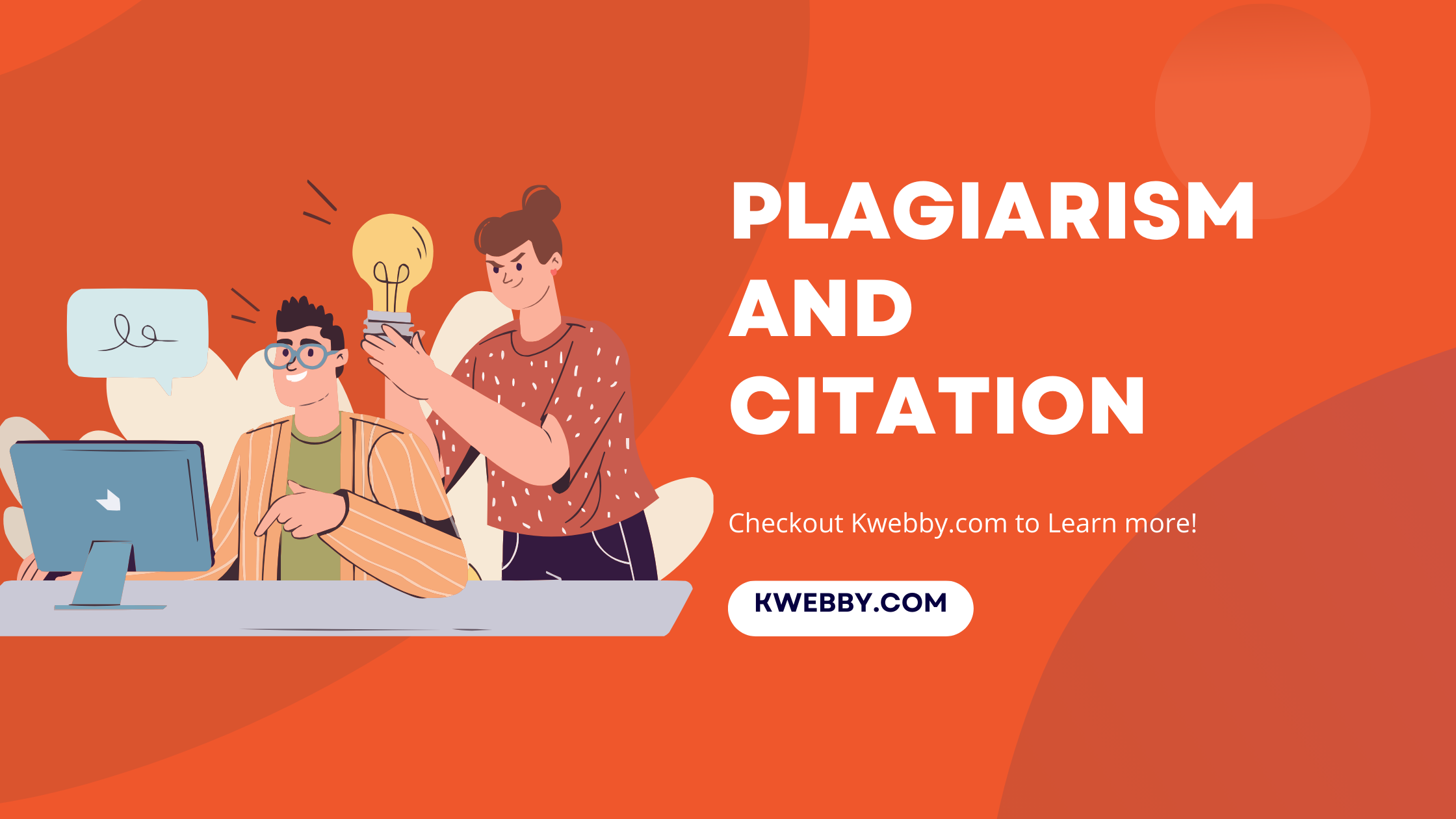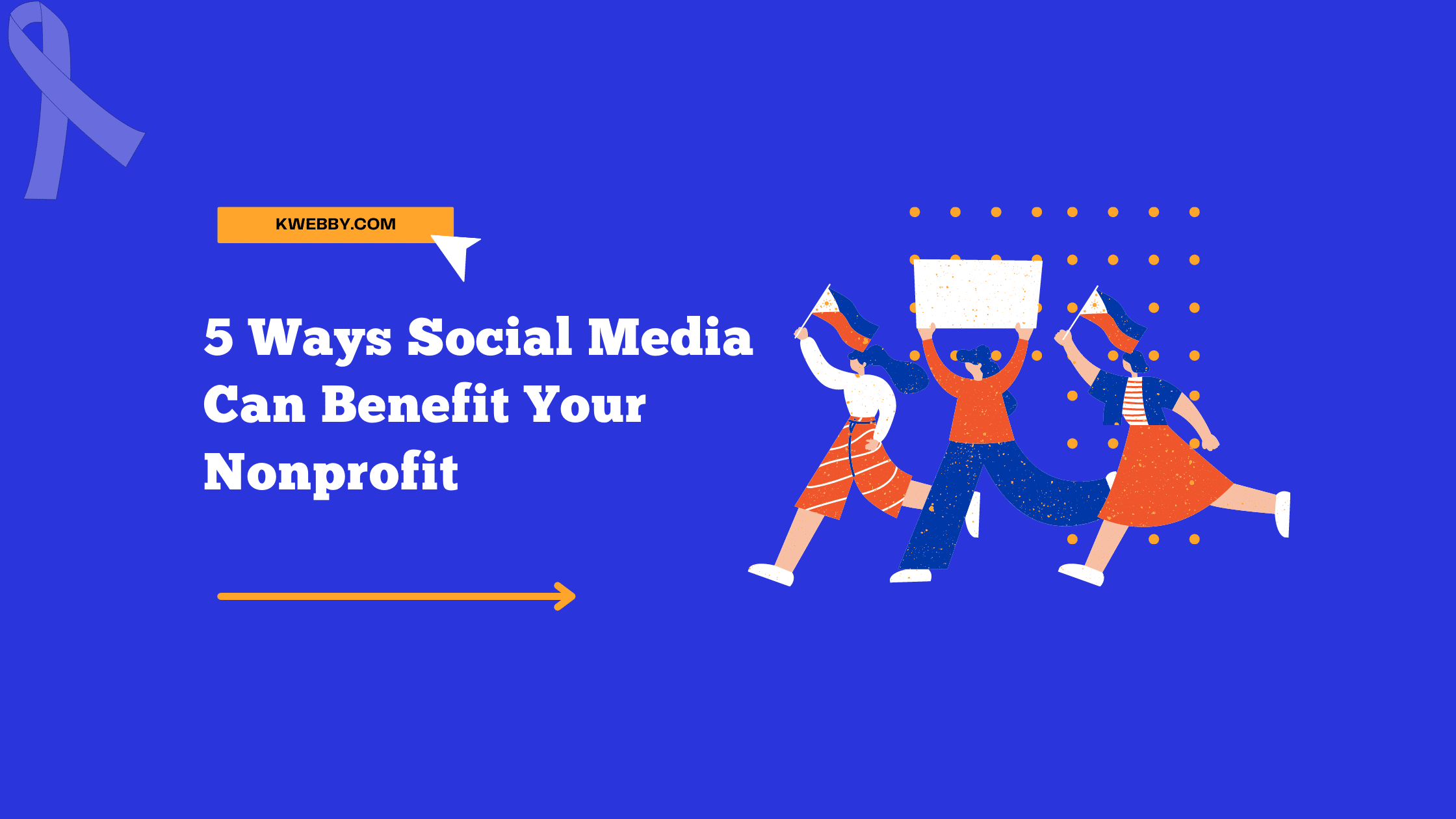
Plagiarism and Citation: is it plagiarism if you cite the source?
Navigating the world of academic writing can be like exploring a new planet!
You’ve got your spaceship (your paper) and your mission (the assignment). Before you blast off, there’s something crucial you need to pack: understanding the rules of plagiarism and citation.
Think of citations as your spaceship’s navigation system, guiding you and your readers back to the original thinkers’ worlds (or sources).
When you use someone else’s ideas or words, it’s like visiting a planet in your space adventure. To avoid being a space pirate—yep, committing plagiarism—you need to give credit where credit is due.
Whether it’s a journal article, a piece of art, or a scientific discovery, using quotation marks around someone else’s words, paraphrasing their ideas with your spin, or citing research papers using APA style or MLA (Modern Language Association) citation styles, are all ways to avoid plagiarism.
And remember even a few words from a source need to be cited correctly to maintain your academic integrity and keep your professional reputation shinier than a new spaceship.
Check out our free Plagiarism Checker Tool here to check your essay or content for plagiarism for free.
This mission doesn’t tolerate shortcuts; incorrect citations or failing to cite can lead to a crash landing with consequences like a failing grade or being accused of academic misconduct.
But don’t worry, with some practice in citing sources properly and using in-text citations, you’ll be navigating through your academic universe like a pro, all while protecting your work from potential plagiarism.
Ready for takeoff? 🚀
Quoting, Paraphrasing, and Avoid Plagiarism (With Examples)
What is the difference between plagiarism and citation?
Imagine you’re working on a super cool project, like building a robot. You find out someone else has already made a part you need.
Borrowing their design without saying it’s theirs is like plagiarism—a big no-no. But if you say, “Hey, this great idea for a robot arm is from Sam’s robot design,” that’s like giving a citation. You’re playing fair by saying who originally came up with the idea.
Example of Plagiarism: Directly copying a sentence from a science book without any quotes or mention of the book.
“Future robots will be able to perform surgery without any human help.”
Example of Citation: Using that same idea but with your own words and a shoutout to where you found it.
According to the latest research papers, robots might soon perform surgeries autonomously (Science Wonders, 2022).
Plagiarism is like taking a shortcut and pretending you did all the work. Citation, on the other hand, is like a badge of honor. It shows you’ve done your homework, found cool stuff, and are honest about where you got it from. Citations make your paper stronger because they show you’re not just making things up.
Plus, they help you avoid trouble like getting a failing grade or hurting your professional reputation. Always remember, whether it’s just a few words or a big idea, giving credit where it’s due is super important.
Don’t just copy-paste; use quotation marks, paraphrase with your twist, or mention the original source. And hey, if you’re not sure how to cite something properly, just ask! Better to double-check than accidentally commit plagiarism.
How Does the Plagiarism Checker Work? (Detailed Analysis)
How to Cite the Source?
Alright, space explorers! 🚀 You’re on a mission to ensure your paper is as awesome as it can be, without stepping into the dark side of plagiarism. Here’s how to keep your work shining bright with integrity.
First off, imagine you found an amazing fact in a journal article. Instead of just copying it word-for-word, you can do a few things to make it your own, all while giving a high-five to the original author.
Quoting
If the author’s exact words are just too cool to change, put them in “quotation marks”. Then, right after those words, pop in a little note (we call them in-text citations) to tell everyone where you found it. It’s like saying, “Hey, these aren’t my words, but I love them. Here’s where I got them!”
For example:
“The rings of Saturn are composed of ice and rock.” (Smith, 2023, p. 58).
Paraphrasing
Now, if you read something awesome and think, “I can totally reword this in my own style,” that’s paraphrasing. You take the idea, mix it up with your words, but still, throw a shoutout to where it came from with a citation.
Example time:
According to Smith (2023), Saturn’s rings are made up of ice and rock.
Summarizing
Got the gist of a big idea from a source? Great! Sum it up in your own words and don’t forget to cite where that idea originally came from. Think of it as telling your friend the plot of a movie in a few sentences instead of replaying the entire film.
And remember, whether you’re quoting, paraphrasing, or summarizing, always include that source in your Works Cited or References page at the end of your paper. It’s like the grand finale of your mission, where you show off all the cool places (sources) you visited.
Pro Tip: Always double check your citation style, whether it’s APA, MLA, or another spaceship (style guide). They have their own rules about how to format those shoutouts. Plus, mixing them up or doing them wrong could accidentally lead to incorrect citations, and we don’t want that. Think of it as putting the wrong fuel in your spaceship. 🚀
Avoiding Unintentional Plagiarism: Sometimes, you might copy an idea without meaning to do anything wrong. That’s called unintentional plagiarism, and it’s a sneaky little gremlin. To dodge it, make sure to always cite your sources, even if you’re not sure you need to. When in doubt, cite it out!
By mastering the art of citing sources, you’re not only avoiding the black hole of plagiarism but also honoring the brilliant minds you’ve learned from. Plus, you’re keeping your academic reputation as sparkly as a star.
Ready to cite like a champion?
You got this!
How Do Professors Check for Plagiarism? (5 Ways)
Is it plagiarism if you cite the source?
Alright space cadets, here’s the scoop on avoiding that pesky black hole called plagiarism when you cite a source. Think of plagiarism and citation like a space mission: if you’ve paraphrased, quoted in quotation marks, and tagged your citations right, you’re flying smooth and high. But here’s the kicker – doing it correctly is your mission control.
You gotta stick to the citation style manual, whether it’s APA style or MLA (Modern Language Association). Picture it like choosing the right fuel for your spaceship. Pick the wrong one, and you might just find yourself lost in space—or worse, facing a failing grade or tagged with academic misconduct.
Ever heard of the Scribbr Plagiarism Checker? It’s like having a radar to catch any asteroids (those bits you might’ve missed citing) heading your way. And for keeping your citations as neat as a spaceman’s uniform, the Citation Checker makes sure you’ve got everything in tip-top APA style.
Why all the fuss? Well, we want your academic writing to shine like the stars, keeping your academic integrity sparkling and your professional reputation flying high. Remember, whether it’s borrowing a few words or an entire idea, giving credit is key. You don’t want to commit plagiarism by forgetting to cite, or doing an incorrect citation.
By following these cosmic guidelines, you’re not just avoiding plagiarism; you’re respecting the galaxy of authors’ ideas and research papers that have come before you. It’s like giving a high-five across the universe.
Ready to be a citation champion and keep your academic writing out of the black hole? Remember, when in doubt, cite it out! 🚀
How to Check Code for Plagiarism (4 Methods)
How Often Do You Cite?
Buckle up, space cadets, because we’re on a mission to understand the universe of citations! 🚀 Ever wonder how often you should be citing in your stellar papers? It’s like planting flagpoles on the moon; you’ve got to space them just right to show where you’ve been and what you’ve discovered.
Finding the Perfect Balance
Think of your paper as a galaxy full of stars—your ideas—linked together by the gravitational pull of your argument. Your citations? They’re like comets zooming through, highlighting paths between these ideas. Now, you don’t want too many comets cluttering your view, but you also don’t want to be left staring into the void without them!
Be the Captain of Your Ship
- Adequate Commentary: Imagine your citations as passengers telling tales of distant worlds (sources). Your job? Make sure they support the journey of your spacecraft (paper) without taking over the controls. Your voice should pilot the mission from start to finish, weaving those tales into the fabric of your voyage.
- Your Voice Leads the Way: Start every paragraph with your mission statement (topic sentence) and conclude with your own stellar observation (concluding sentence). This ensures your readers stay on course, following your captain’s log through the cosmos of your argument.
- Supporting Your Galactic Quest: Every piece of alien technology (cited material) you encounter should propel your spacecraft closer to its destination (thesis). Gather only what helps your mission, leaving behind what doesn’t fit your ship’s cargo hold.
- Diverse Universe: Don’t get caught in the orbit of just one planet (source). Explore the galaxy far and wide, drawing from a multitude of celestial bodies (sources) to enrich your mission logs.
- Paraphrasing over Quoting: Think of direct quotes as rare asteroids. Too many can overcrowd your spacecraft. Instead, mine them for valuable resources (ideas) and then, in your own words, craft something unique that supports your mission.
Remember, cosmic explorers, your mission is to chart your own course through the academic stars while honoring the constellations that came before you. By balancing your citations like a skilled space navigator, you’ll avoid the black holes of plagiarism and illuminate your work with the glow of integrity. Now, are you ready to take the helm? 🌌
7 Types of Plagiarism (with Examples & Tips to Avoid)
Frequently Asked Questions
Is it plagiarism when sources are not cited?
When you don’t include a shout-out to where you got your awesome ideas or words from, that’s called plagiarism.
It’s like saying, “Hey, I found this cool star,” but not telling anyone where it is or who showed it to you first. Not cool, right?
To keep your academic integrity shining bright and your academic writing zooming through the cosmos without hitting the asteroid of plagiarism, remember to use quotation marks when you’re borrowing someone else’s exact words.
Also, paraphrase or put things in your own words when you can—this means you take an idea and rephrase it like you’re telling it to your best friend, but you still give credit to the original thinker or writer.
And hey, don’t forget your in-text citations; they’re like your space mission’s little breadcrumbs leading back to the awesome sources you discovered.
Whether it’s APA style, Modern Language Association (MLA), or any other citation style, picking the right one and using it correctly is key to avoiding that sneaky black hole of unintentional plagiarism.
Now, go forth and cite like the space champions you are, always double-checking your works cited page. You’ve got this, future universe explorers! 🌌
12 Best Plagiarism Checkers (All are Free!)
is copy and paste with citation plagiarism?
Ahoy, future captains of the citation universe! 🚀 Your question is super important, so listen up! Is copy and paste with citation considered plagiarism? Well, it’s like this – when you find something super cool and decide to include it in your space adventure (I mean, your paper), just copying and pasting it, even with a shout-out (citation), can be tricky. Here’s why:
- If you use someone else’s exact words and just slap quotation marks around them with a citation, you’re mostly in the clear. That’s called quoting, and it’s all good as long as you don’t do it too much. Remember, too many quotes and your paper might start to look more like someone else’s work than your own galactic mission.
- Now, if you take a few words or ideas and paraphrase (rewrite them in your own awesome style), and then give credit with an in-text citation, you’re doing great! This isn’t considered plagiarism; it’s like showing off the souvenirs from your space travels but telling everyone where you got them.
- But be careful! Even with a citation, if you copy big chunks and don’t make it clear which words are yours and which are copied, it can still be a no-no. Your paper should be a mix of your brilliant ideas and the cool stuff you’ve learned from others, not a cut-and-paste job.
In the vast cosmos of academic writing, keeping your academic integrity shining bright means always respecting other space explorers’ findings while sharing your own discoveries. Make sure your works cited page is as detailed as a map of the stars, and always double-check to ensure you’re not accidentally committing plagiarism.
By mixing your own words with those shining bits of knowledge from across the galaxy and marking your trail with citations in the right style (APA, MLA, or whatever suits your mission), you’ll be avoiding plagiarism and proving you’re a true explorer of ideas. Ready to set sail and create out-of-this-world papers? You’ve got this, space cadet! 🌠
Is citing all the sources really that important?
Absolutely, space cadets! 🚀 When it comes to citing sources, it’s not just important—it’s your spaceship’s fuel for exploring the universe of academic writing! Imagine you’re a space explorer; every idea you collect from other planets (I mean, sources) is precious. But here’s the kicker: you have to show where you got these shiny ideas from. Why? Because sending shout-outs through citations and in-text citations is like telling the universe, “Hey, these incredible thoughts came from this amazing mind or discovery!” 🌌
Remember, using someone else’s words without proper quotation marks or twisting someone else’s ideas into your own words without a nod (a citation) to them is a big no-no, like accidentally pressing the self-destruct button on your spaceship. ☄️ It could lead to unintentional plagiarism, a stormy cloud that could rain on your space parade. But don’t worry! By paraphrasing smartly, and rocking those citations in APA style or MLA style, you’re not just avoiding plagiarism; you’re creating a beautiful constellation in your work that highlights where your ideas have traveled from.
And here’s a super cool fact: citing all your sources correctly and not just resorting to self plagiarism or copy-paste safaris, shows you’re a respectful and thoughtful explorer. It protects your academic integrity, makes your research papers or any writing more credible, and keeps your professional reputation flying high among the stars. Plus, it ensures you’re giving everyone’s ideas the gravity they deserve, avoiding academic misconduct or a failing grade asteroid.
Got all that, future universe explorers? Always double-check your work, use citations wisely, and remember, your adventure is made richer by those who’ve navigated the stars before you. Ready to cite like a champion and avoid the dark matter of plagiarism? Engage thrusters, and off you go! 🌠
Conclusion
Remember, incorporating proper citation methods, such as using quotation marks for direct quotes and paraphrasing with your own words, along with accurate in-text citations and a well-crafted works cited page, is key to maintaining academic integrity. By respecting original sources and avoiding plagiarism, you’ll shine brightly in the universe of ideas. Keep up the great work, space cadets! 🚀





